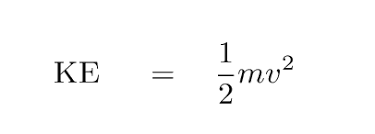Rooggvc
WKR
- Joined
- Aug 8, 2022
- Messages
- 611
So I have been thinking a lot the past few days about ballistics and the killing power of bullets. I have always heard that hunters should shoot for a 1500 ft/lbs minimum for elk and a 1000 ft/lb minimum for deer. Well I got reading the .223 for Bear, Deer, Elk, and Moose thread. Many of the animals killed in that thread were killed far below the "1000 ft/lb" minimum. It seems in that instance they were killed because of the bullet construction and the velocity. So it has me wondering? Maybe bullet velocity, and determining a given bullets minimum velocity to reliably function, is really the main thing I should worry about?
What are your guys thoughts? Is velocity or energy more important?
What are your guys thoughts? Is velocity or energy more important?

